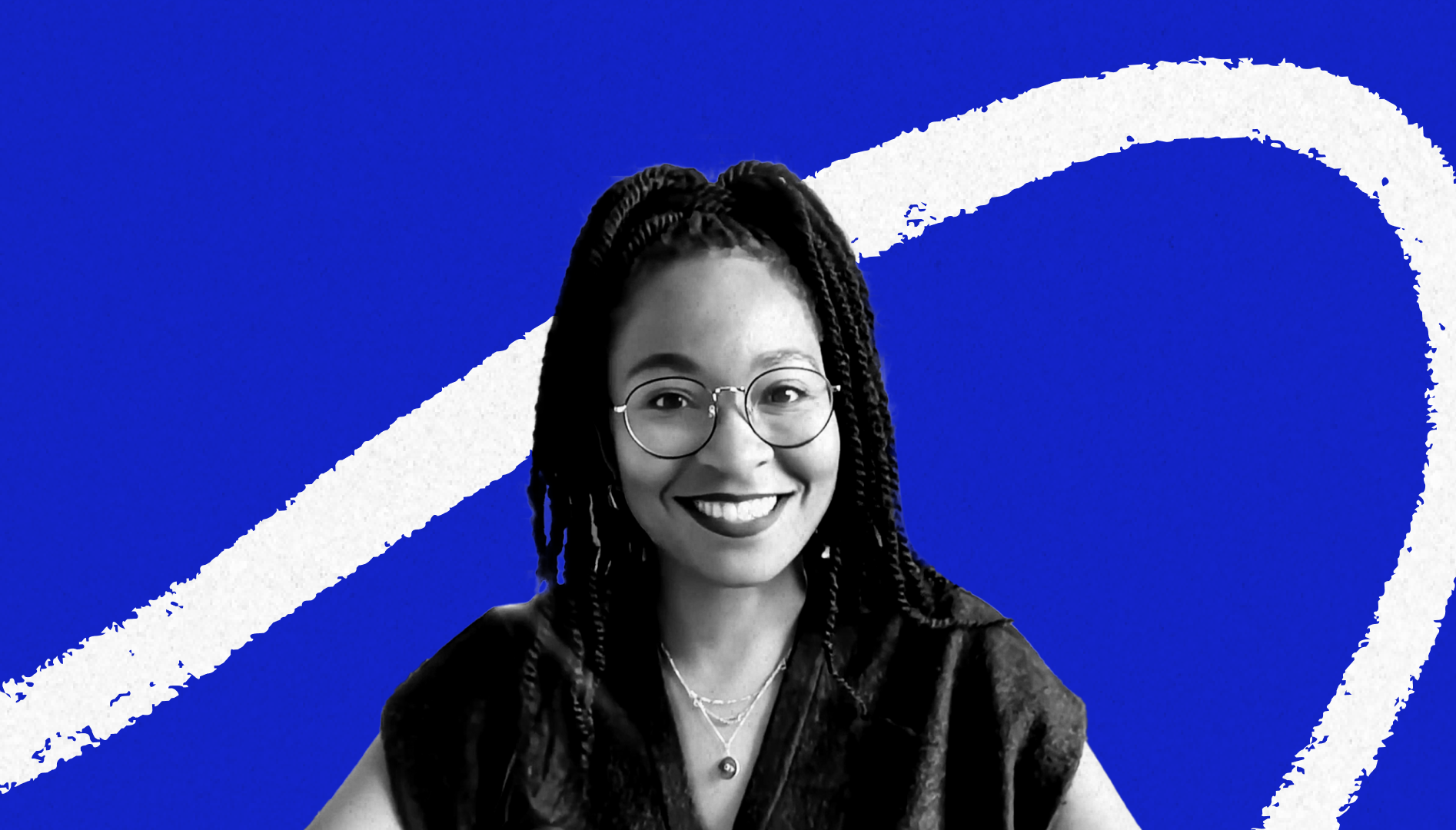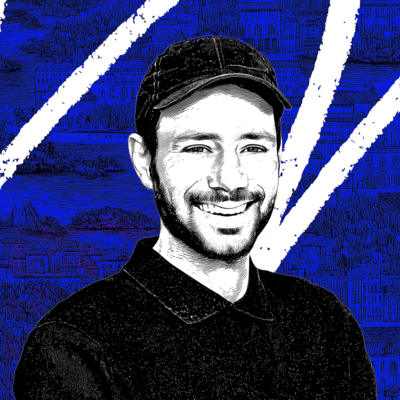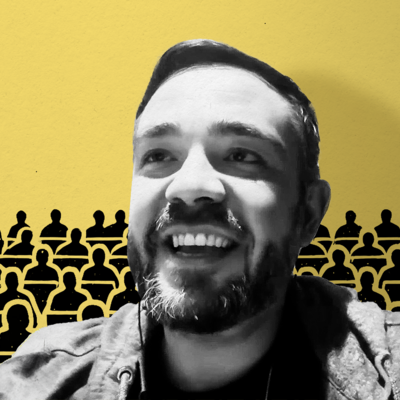
TL;DR: Today we’re releasing a new episode of our podcast AI & I. I go in depth with Nashilu Mouen-Makoua, the head of storytelling and a strategic advisor to the CEO at The Browser Company. We get into her philosophy around building authentic brands in technology, how she uses LLMs in her work, and her take on the best way to position products. Watch on X or YouTube, or listen on Spotify or Apple Podcasts.
The Browser Company isn’t just building a browser, they’re building a formidable brand—and they’re doing it with AI.
The Browser Company has driven viral user growth, a $550 million valuation, and close to 100,000 YouTube subscribers. Its brand centers people, not products. It’s messy, authentic, and refreshing—and it seeps into everything the team does, from the job descriptions on their website to announcing new features through short films and giving keynote addresses in diners.
I sat down with Nashilu Mouen-Makoua, the head of storytelling and a strategic advisor to the CEO at The Browser Company, to talk about how she’s weaving relatable stories around new technology.
We get into her philosophy around storytelling, including why she believes centering people is the key to building a memorable brand, The Browser Company’s focus on making technology accessible to a wide audience, and the brass tacks of how Nash’s team structures meetings to generate great ideas. Nash also tells me how she’s integrated LLMs into her workflow, to do deep research, get a gut check on a new article she’s written, and put the finishing touches on her words.
As Nash explains that the best way to position a product is in response to contemporary social context, we screenshare through her conversations with ChatGPT about the socio-political climate in America preceding the release of a Tracy Chapman song. We also use the LLM to simulate a group of Arc users and interview one of these imaginary personas live on the show to gather preliminary customer insights. Here’s a link to the transcript of this episode.
This is a must-watch for people who want to use AI to tell compelling stories about what they’re building in tech.
Watch on X or YouTube, or listen on Spotify or Apple Podcasts.
Go deeper with Nash
Every paid subscribers can read the top takeaways from this episode, such as:
- How Nash thinks about building a refreshing, authentic brand around new technology
- The tactical ways in which Nash and her team are bringing The Browser Company’s vision to life
- How she uses LLMs as a creative collaborator every day, including for deep research and to polish her writing
- Nash’s take on what the gestalt of the current age is—and how that is valuable while positioning products
Want to get all of this and more? Subscribe to Every below.
The Only Subscription
You Need to
Stay at the
Edge of AI
The essential toolkit for those shaping the future
"This might be the best value you
can get from an AI subscription."
- Jay S.
Join 100,000+ leaders, builders, and innovators

Email address
Already have an account? Sign in
What is included in a subscription?
Daily insights from AI pioneers + early access to powerful AI tools








